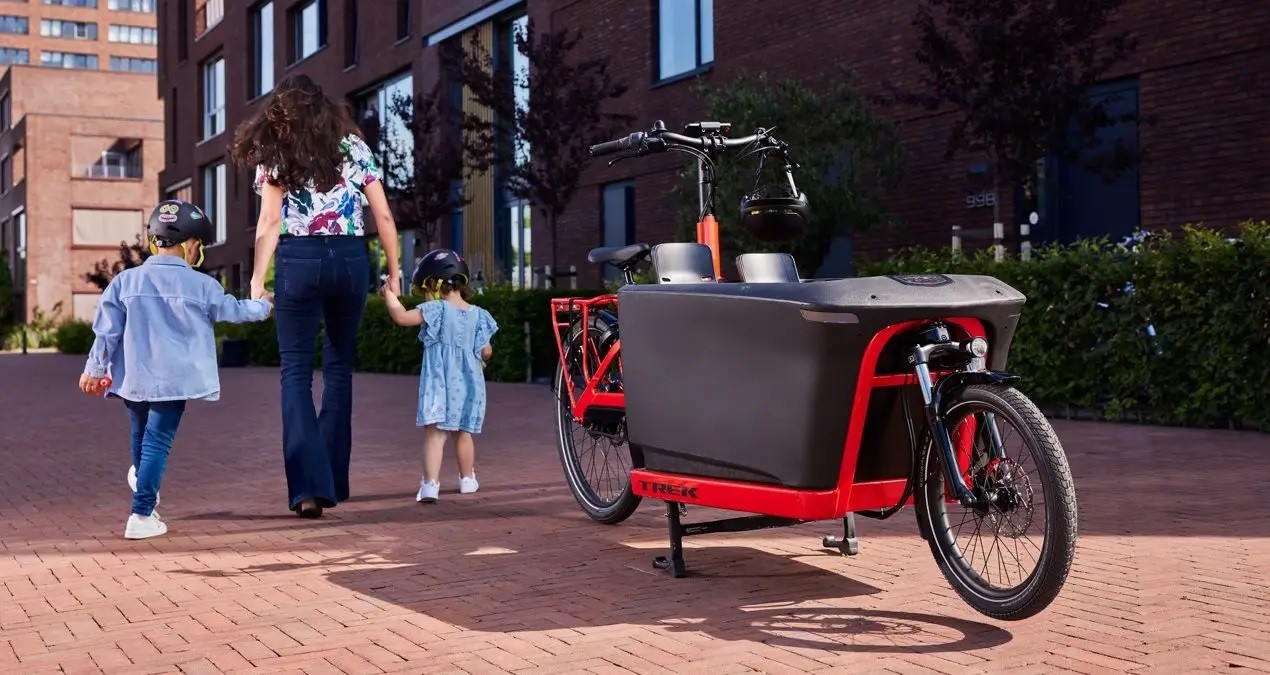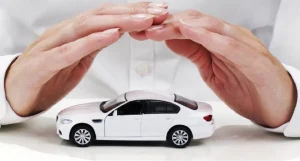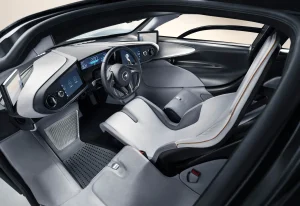
Our Urban Cargo Bike Family Lifestyle: Ditching the Second Car for Good
The minivan was our default. It felt like the inevitable next step after our second child. But the payments, the parking stress, the gas, the sheer bulk of it all… it started to feel less like freedom and more like a cage on four wheels.
Then we saw it. A family, laughing, zipping through a bike lane. The kids were in a big wooden box on the front of a bicycle, groceries tucked around them. It looked… effortless. And fun. That was our first glimpse into the urban cargo bike family lifestyle, and honestly, it changed everything.
What Exactly Is a Family Cargo Bike, Anyway?
Let’s clear this up first. A cargo bike isn’t just a regular bike with a wobbly basket strapped on. Think of it as the Swiss Army knife of family cycling. They’re designed from the ground up to carry heavy loads—and that includes your most precious cargo: kids.
The two main styles you’ll see are:
- Longtails: These have an extended rear frame where kids sit and hold on. They feel a bit like a motorcycle, you know, but powered by pancakes and pedal strokes.
- Front-loaders (or Box Bikes): This is the classic “bakfiets” (Dutch for “box bike”). The kids sit up front in a large container, so you can chat with them, hand them a snack, and keep an eye on them the whole time.
We went with a front-loader. There’s something magical about having conversations with your toddlers while you’re riding, watching their faces light up as you coast down a hill.
The Real-Deal Benefits: More Than Just Saving Gas Money
Sure, the financial savings are obvious. No car payment, no insurance, no $60 fill-ups. But the real perks of this lifestyle are the ones you don’t see coming.
You Reclaim Your Time (and Sanity)
This sounds counterintuitive, right? Biking is slower. But is it? In city traffic, our cargo bike is often faster. No circling for parking. No getting stuck in gridlock. The school run, the grocery trip, the library visit—they become part of your day, not a stressful commute sandwiched in between.
It’s a Built-in Adventure Machine
A trip to the park isn’t just a trip to the park anymore. It’s a journey. We notice the changing leaves, we smell the rain on the pavement, we stop to watch a construction site. The kids point out every dog, every fire hydrant, every interesting cloud. Errands become expeditions.
The Unbeatable Practicality
You’d be shocked what you can carry. Here’s a typical haul for us:
| Two kids (ages 3 and 5) | In their seats with harnesses |
| Weekly groceries | In the box, plus pannier bags |
| A preschooler’s “art project” | The big, awkward one |
| Picnic blanket & snacks | Always snacks. |
| The family dog (a small terrier) | In his own little basket |
Honestly, the only thing we can’t carry is another piece of oversized plastic playground equipment. And that’s probably for the best.
Making the Shift: Your Cargo Bike Transition Plan
Okay, you’re intrigued. But leaping from a two-car household to a one-car-plus-bike household is a big mental shift. Here’s how we made it work without losing our minds.
Start With the “Low-Hanging Fruit” Trips
Don’t try to do everything on day one. We started with the Saturday farmer’s market run. It was a fun, low-pressure outing. Then we added the school drop-off for our oldest. Then the weekly library visit. Before we knew it, we were using the car maybe once a week.
Gear That Actually Matters
You don’t need all the gear, but a few things are non-negotiable.
- A Good Rain Cover: This is your forcefield against the elements. Kids (and groceries) stay dry and happy.
- Pannier Bags: This frees up space in the main box for the kids and their ever-growing entourage of stuffed animals.
- A Sturdy Lock (or Two): This is a significant investment. Lock it like you mean it.
- Layers, Not Heavy Coats: Dressing in layers is the secret to comfortable four-season biking. You warm up fast once you start pedaling.
Confronting the Elephant in the Room: Is It Safe?
This is the biggest question, and it’s a valid one. The truth is, it feels different. You’re more exposed. But that’s also its superpower. You are hyper-aware, and you become a more predictable, more visible road user. You learn to claim your space in the lane. You make eye contact with drivers. You plan routes that favor quieter streets and protected bike lanes. It’s an active safety, not a passive one like being encased in metal.
The Not-So-Glamorous Side (Let’s Be Real)
It’s not all sun-dappled, joyful rides with smiling children. Sometimes, it’s raining sideways and you have a grumpy toddler who does not want to put their helmet on. Sometimes you have to pedal uphill into a headwind with a full load. It’s a workout. You will get sweaty.
And storage. Where do you put a 9-foot-long bike? You need a plan, whether it’s a side yard, a dedicated spot in the garage, or a ground-floor apartment storage area.
A Lifestyle, Not a Trend
Adopting an urban cargo bike lifestyle wasn’t just about changing our transportation. It subtly reshaped our family culture. We’re more connected to our neighborhood. We’re more active without “trying” to exercise. The kids see the city from a different perspective—they’re participants in the journey, not just passive passengers staring at a screen.
It’s slower. It’s messier. It requires a bit more planning. But in a world that often feels too fast, too insulated, and too complicated, the simple act of pedaling together has become our anchor. It’s our little rolling world, and for now, it’s more than enough.



Average Rating